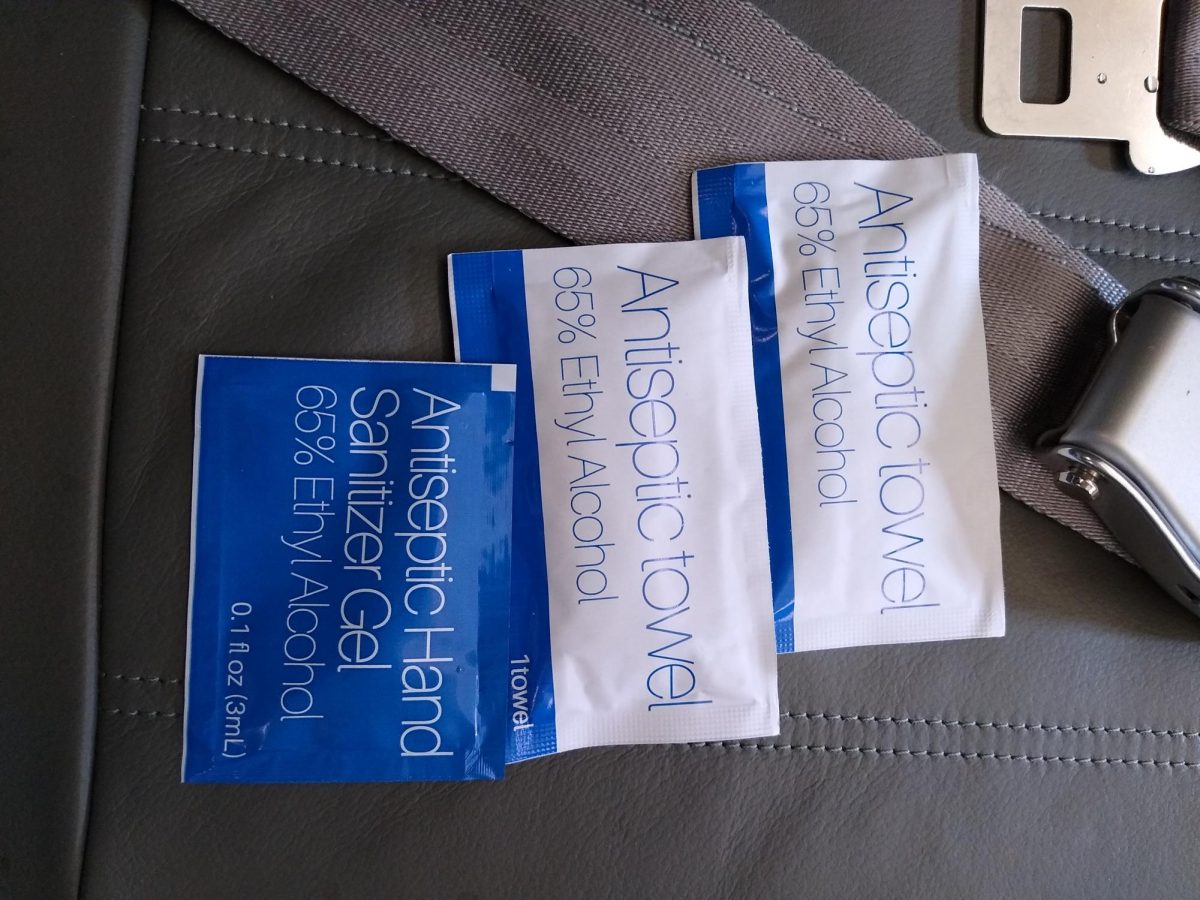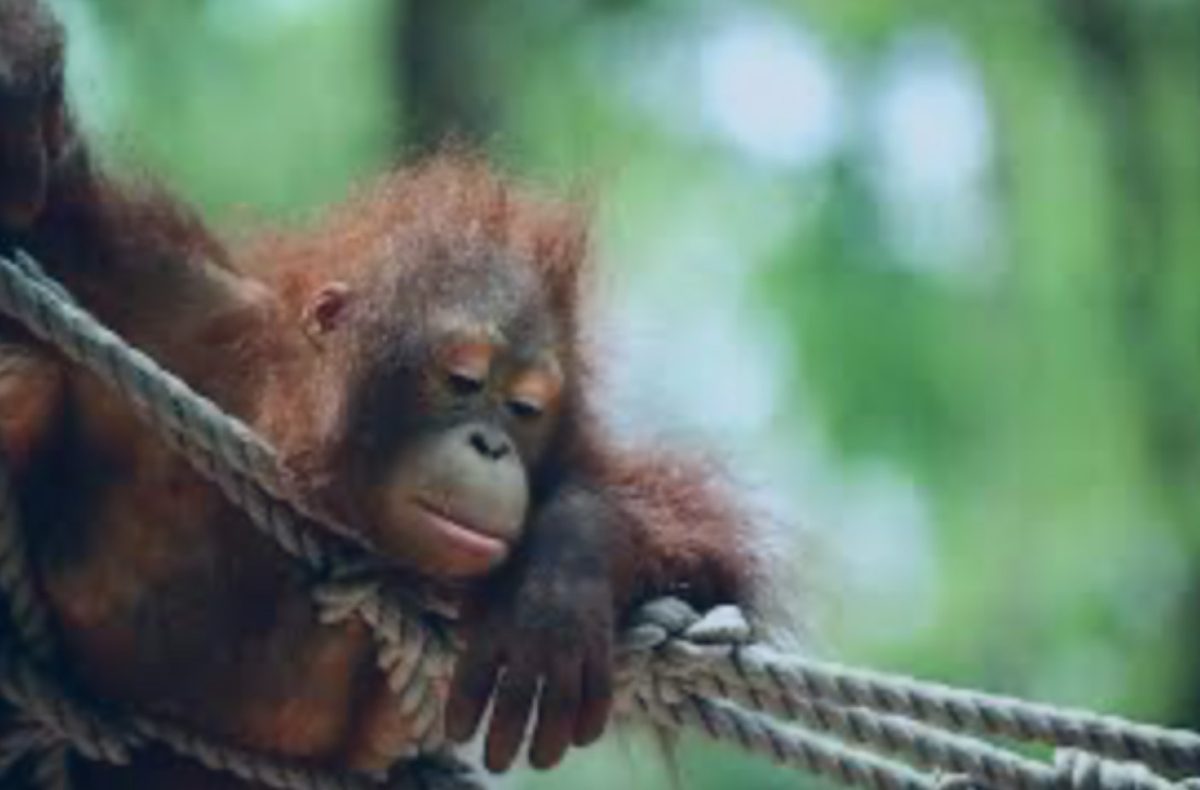The Macy’s Thanksgiving Day Parade is a beloved American tradition that has been held
annually in New Y ork City since 1924. The first Macy’s Thanksgiving Day Parade was held to
celebrate the expansion of the Macy’s flagship store in Manhattan. It was originally called the
“Macy’s Christmas Parade” and featured store employees, floats, bands, and live animals
borrowed from the Central Park Zoo.
The event’s success was immediate, drawing an estimated 250,000 spectators. Despite the
parade’s growth in popularity, it was unfortunately suspended in World War II (1942-1944) due to helium and rubber shortages, but its resumption in 1945 stood as a symbol post-war optimism. Another major innovation occurred in 1948 when NBC broadcasted the parade nationally for the first time, bringing its magic to millions of homes across the United States. Even in difficult times, such as the COVID-19 pandemic in 2020, the parade adapted by scaling down and transitioning to a television-only event. This resilience has cemented its place as a symbol of continuity and joy. Beyond its entertainment value, the parade plays a significant cultural and economic role. It is a platform for promoting Broadway productions, films, and brands. The parade also signals the start of the holiday shopping season, influencing consumer behavior and helping to boost the economy. Performances by marching bands, cheerleaders, and celebrity singers add to its vibrancy, while the closing appearance of Santa Claus has become an iconic
moment.
Each year, millions line the streets of Manhattan, and over 50 million tune in on television to
witness this grand celebration. Today’s parade is a marvel of artistry and logistics, with more
than 8,000 volunteers, including balloon handlers and performers, contributing to its success. Advanced technology has made the floats more intricate and the balloons more durable, allowing them to withstand varying weather conditions. The Macy’s Thanksgiving Day Parade is more than a holiday event; it is a reflection of America’s cultural evolution and enduring spirit.
From its modest beginnings in 1924 to the spectacular production it is today, the parade represents innovation, resilience, and unity. It continues to bring joy to millions, embodying the heart of Thanksgiving: gratitude, celebration, and togetherness. This year, there are 22 balloons, 7 small balloons, 34 floats, 28 performers, and 11 marching
bands, as well as 28 clown crews and 11 performance groups being included in the parade. Out of the 22 balloons, some notable ones are the Bluey balloon, the SpongeBob balloon,
Spider-Man, and Stuart the Minion. The Nutcracker, Mouse King, and Baby Dinos are a few of the small balloons. SpongeBob, Wednesday, and Snoopy are a part of the float category. Jennifer Hudson, Jimmy Fallon, and Idina Menzel are just a few of the many performers in the parade. The marching bands include the University of Massachusetts marching band, the New York City Police Department marching band, and many more. The parade route starts on West 77th Street and Central Park, and it ends at Macy’s Herald Square. Broadcasted on NBC, the parade starts at 8:30 in the morning and lasts until noon.
Since its beginnings and even today, the parade is a great finish to your Thanksgiving
celebrations and an even better way to begin the Christmas season





















